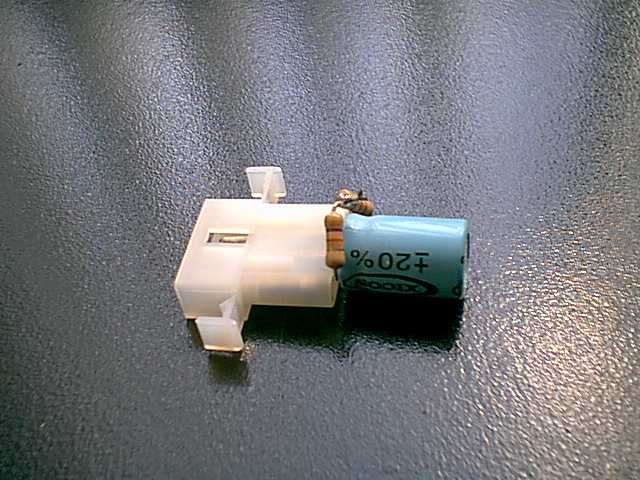

Tuning can be done by adjusting the length of the 1/4 wave stub 'C'. This is where an analyser comes in handy.


If you can't find the 1:1 point, the elements are either too long or too short. You could even use a 4:1 coax balun and feed it higher up the matching section.

The diameter of the elements will also slightly affect the length.ĥ0Ω feed point: The 50Ω feed point is a starting point and should be adjusted up and down until you get a 1.0:1 SWR (or as close as possible) with your antenna. If you use balanced feeder such as 300Ω or 450Ω, adjust it to 0.9 (or set to the cable manufacturers specification if available). It is set by default to 0.96, which is for bare copper or bare aluminium. *Velocity Factor: I have added the ability to select the velocity factor of your conductor. Just remember, when adjusting elements, 1cm shorter on 'C' would equal 3cm shorter off 'A'! If you cant get it perfect, the length of the elements may need adjusting or the choke is not adequate. a 1.0:1 SWR will be possible when the antenna is working perfectly. All dimensions should be between the closest metal to metal (inside), not centre to centre. It will have some effect on where the 50Ω feed point is, but i'm sure you'll find it! The critical lengths are B, C, and E then adjust the feedpoint to find a perfect match. The spacing between elements, I have shown as 45mm on 2 metres. You can check the effectiveness of the choke by touching the coax below the choke and if the SWR changes significantly, your choke is inadequate. As with any balanced feed antenna, this will help prevent the braid of the coaxial cable from radiating, and becoming part of the antenna, and therefore affecting SWR and performance. I have also used a clip on ferrite or two for VHF. Three turns (for 145MHz) of the coaxial cable around a 40mm former (PVC pipe etc), or taped up and hung freely is adequate. It is recommended to use some sort of choke at the feedpoint. I have had good success with both, but regularly use the balanced feeder Slim Jim mounted on a 9m fibreglass pole, as can be seen in the photo at the bottom of the page. Alternatively, for permanent installations, the copper tube or aluminium J-pole is a good choice. Add a loop of string to the top, and hang it on a tree branch, use it with your handheld transceiver, then roll it up and put it in your pocket when done! A Slim Jim for 2m (145MHz) will be 1.5 metres long, and 70cm (433MHz) will be 0.5 metres.
Antenna tuner simulator portable#
The Slim Jim, designed by the late Fred Judd, G2BCX, can be a great portable 'roll up' antenna, if made out of 300Ω or 450Ω ladder line / twin feeder. This calculator can be used to design a Slim Jim or a J Pole antenna. OK, now thats out of the way, lets continue. Tuning should be done out in the open and away from the ground, or the final mounting position if possible. Bandwidth is much narrower than a centre fed dipole due to the tuned matching section, which makes building the antenna more critical. To bring the resonant frequency down, lengthen the 1/4 wave stub. To bring the resonant frequency up, shortern the 1/4 wave stub. Tuning can be done by adjusting the 1/4 wave stub length and the feedpoint position. You can use an antenna analyser to easily find if you are too long or short. Before we start, be prepared to experiment! The calculator will get you close (or spot on if you're lucky), but there are so many variables.


 0 kommentar(er)
0 kommentar(er)
